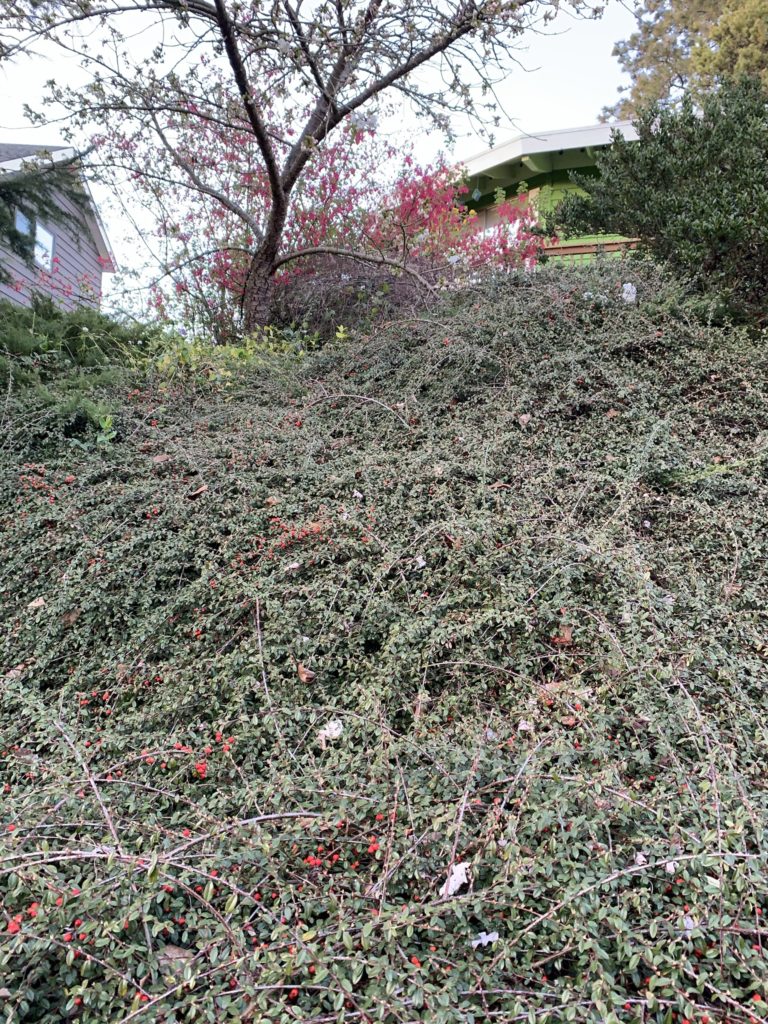People, especially people who are from here, especially especially those who have spent all of their lives with people who aren’t from here (say, their parents) like to talk about how Seattle is passive aggressive. Some extend this to the state of Washington, others to the entire west coast.
(I’ll suggest for the last one it’s very difficult to tell the difference between passive aggressive behavior separate from same resulting from feeling entitled separate from purely entitled attitudes. If you spend significant time in Seattle, the San Francisco Bay area, and Los Angeles, you will easily distinguish between these.)
(And lest you suggest that’s a pretty condemning statement, I’m well aware of the theory of construction of reality as well as that of projection so, uh, take that.)
So wait where was I? People love to talk about the difficulty of separating social and cultural information in language. Especially the chestnut that it’s possible for language to limit people’s ability to conceptualize and thus be imprisoned by it, as in DoubleSpeak in 1984.
Linguists love to poo poo this (and jeez, I will if you give me a second!) but it’s also a little complicated. And I’m the first one to line up and say that words themselves have no fixed meanings except in cultural and social agreement – that’s how irony works, making anything at all have the opposite of its default or most obvious interpretation. The protesters in Hong Kong wouldn’t be able to communicate without speaking in code by using words with meanings not obviously connected to their meanings.
In an environment where language use reflects the cultural attitudes and norms for those who speak the language, but also as well as the observed behaviors of the speakers for those that don’t (say, children), that, well that’s called “culture.”
So it was with glee that I observed these signs for the first time yesterday out on a longer ride for the first time in a while. They pepper the west side of Lake Washington’s shorline which is all public parkland to Seward Park for the most part.

No getting away from that being passive aggressive. I picture Mayor Durkan expression change from matter of factly to dismissive as she says, “Don’t make me close them. You want to congregate, or sit and hang out for a while? Fine. Have it your way. You did this bud. Closed.”
The amazing thing about learning the new culture associated with language use is it’s impossible to learn except by error if you already have a culture. When I lived I Philly I learned to say “sorry” to tell people they were in my way, because “excuse me” was read as passive aggressive with a class and/or race dynamic (so mostly just aggressive).
My learned default, “pardon me” that I’d brought with me from Montreal had served me well, so I tried that out. I’d had to learn it myself when I moved there, because my mother, who was from South Philly, said “sorry.” Since I was picking up a language behavior used throughout Canada regardless of language (since the word’s the same in English and French), whatever. Great.
“Pardon” though is interpreted as formal, and thus there was cause for concern, or to interpret what offended me. Or people’d interpret that I believed I offended them by coming too close, and they’d be all, “you’re good,” and then not move!
But people in Philly are all just smooshed in together in dense neighborhoods with conjoined houses of thin walls. So it’s a totally quotidian need everyone has to make someone get out of your way. NBD. Sorry. Everyone knows that means, “move.”
So it’s fascinating to me that there’s enough awareness of the construction of an effective marketing message that the city has this posture. It’s not because it’s aggressive or threatening. The Seattle/WA passive aggressive isn’t that.
It’s more a “I like you fine, right there on your side of the fence,” the same thing that leads people to grow tall hedges and build privacy fences on their front yards when houses are already more than a house’s width apart.


Extra fun that I can congratulate the city on capturing the culture even in something as cut-and-dried as messaging about park usage rules under a gubernatorial pandemic emergency order!